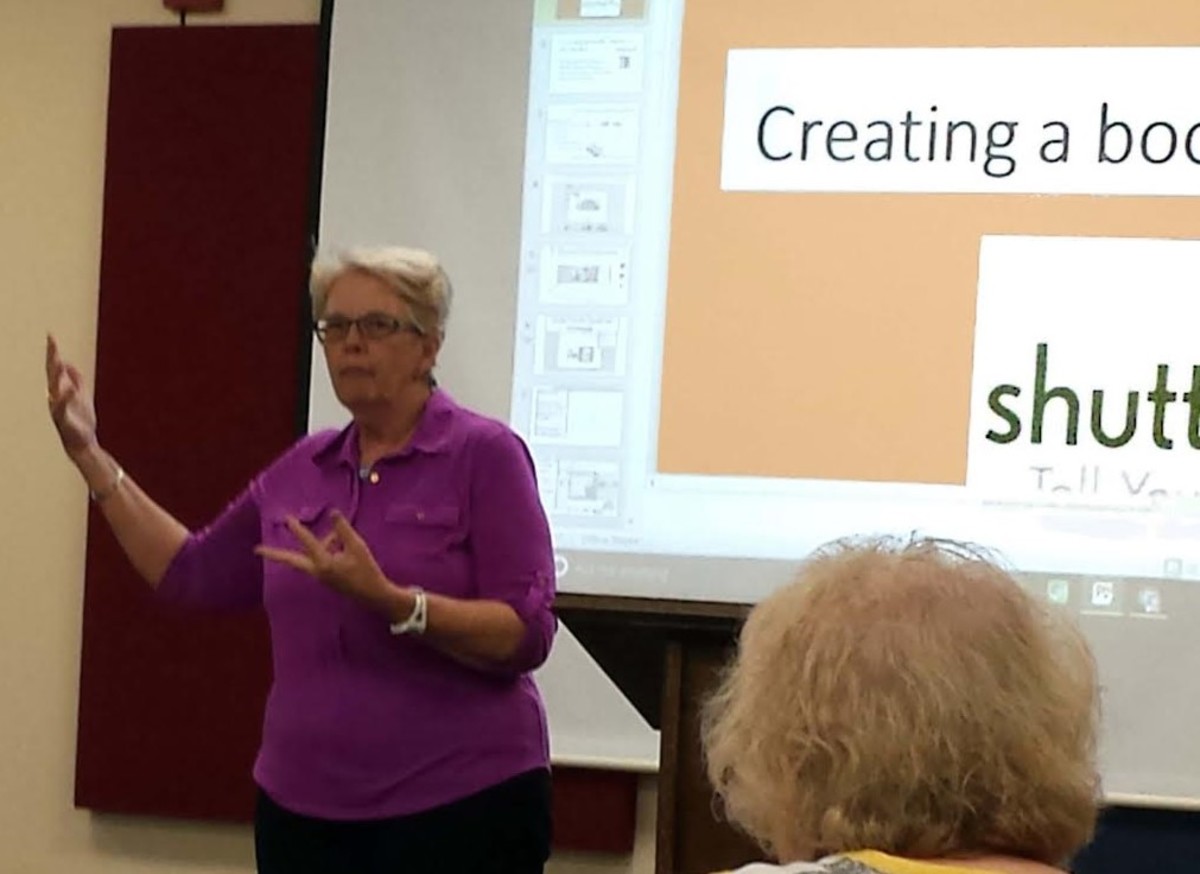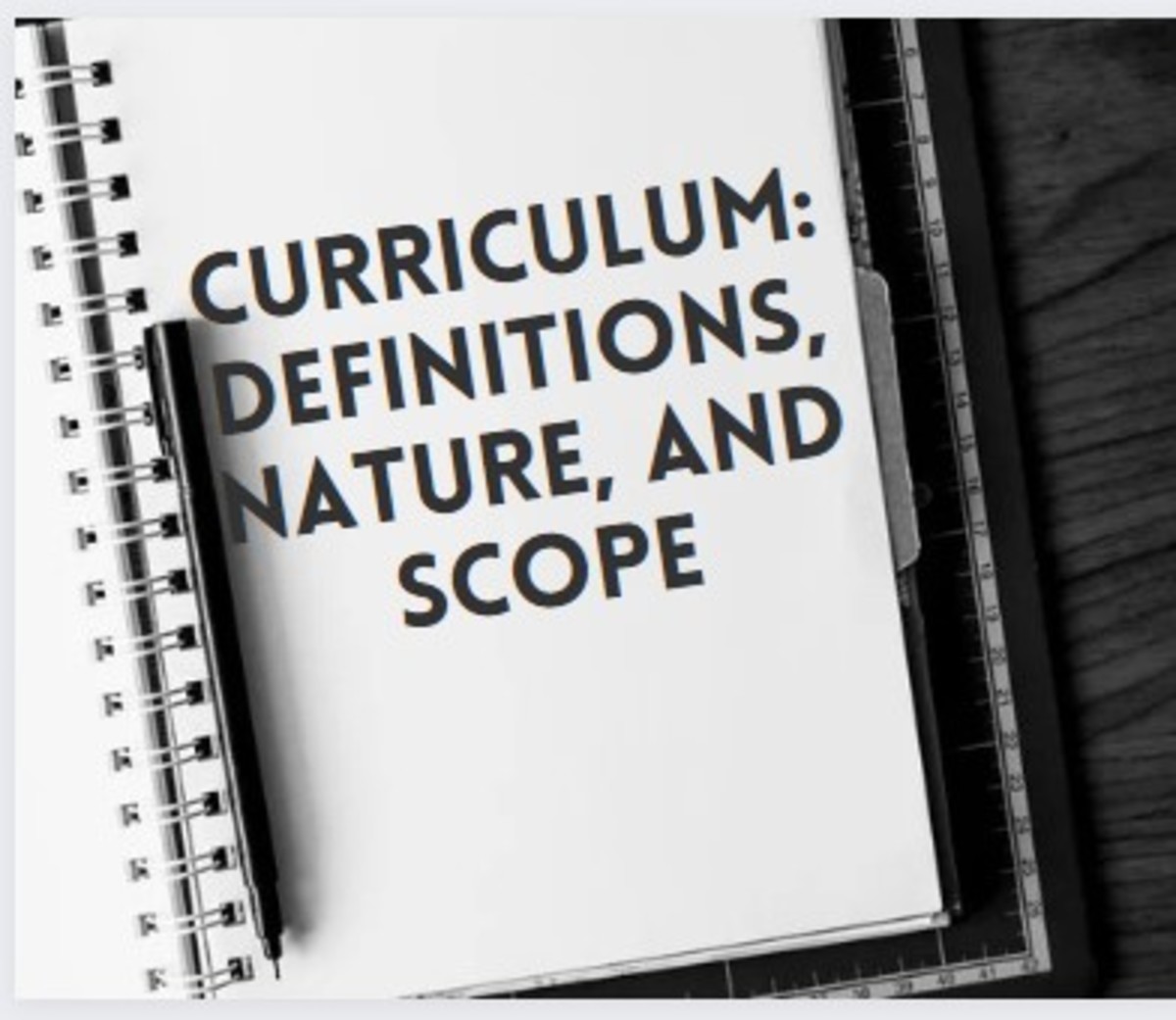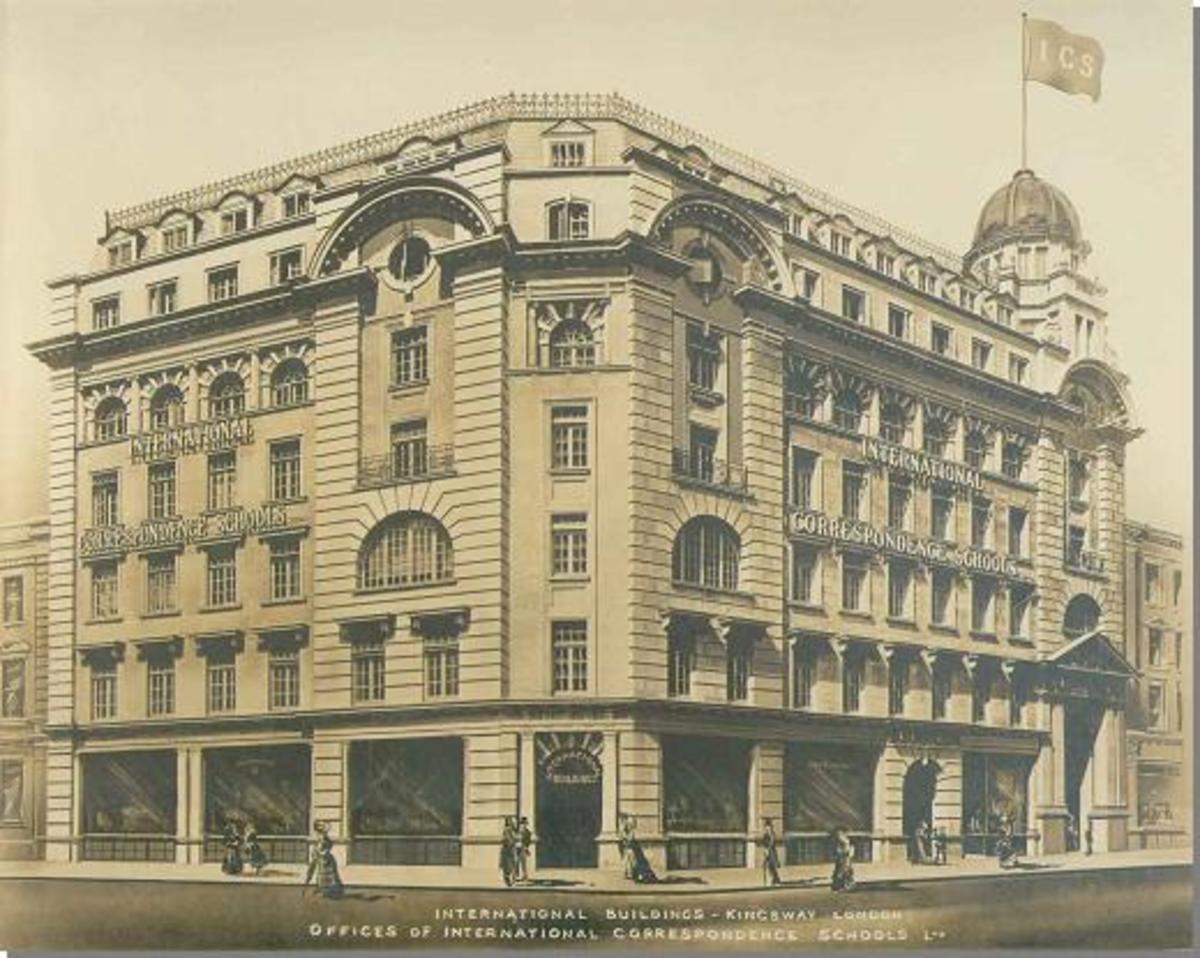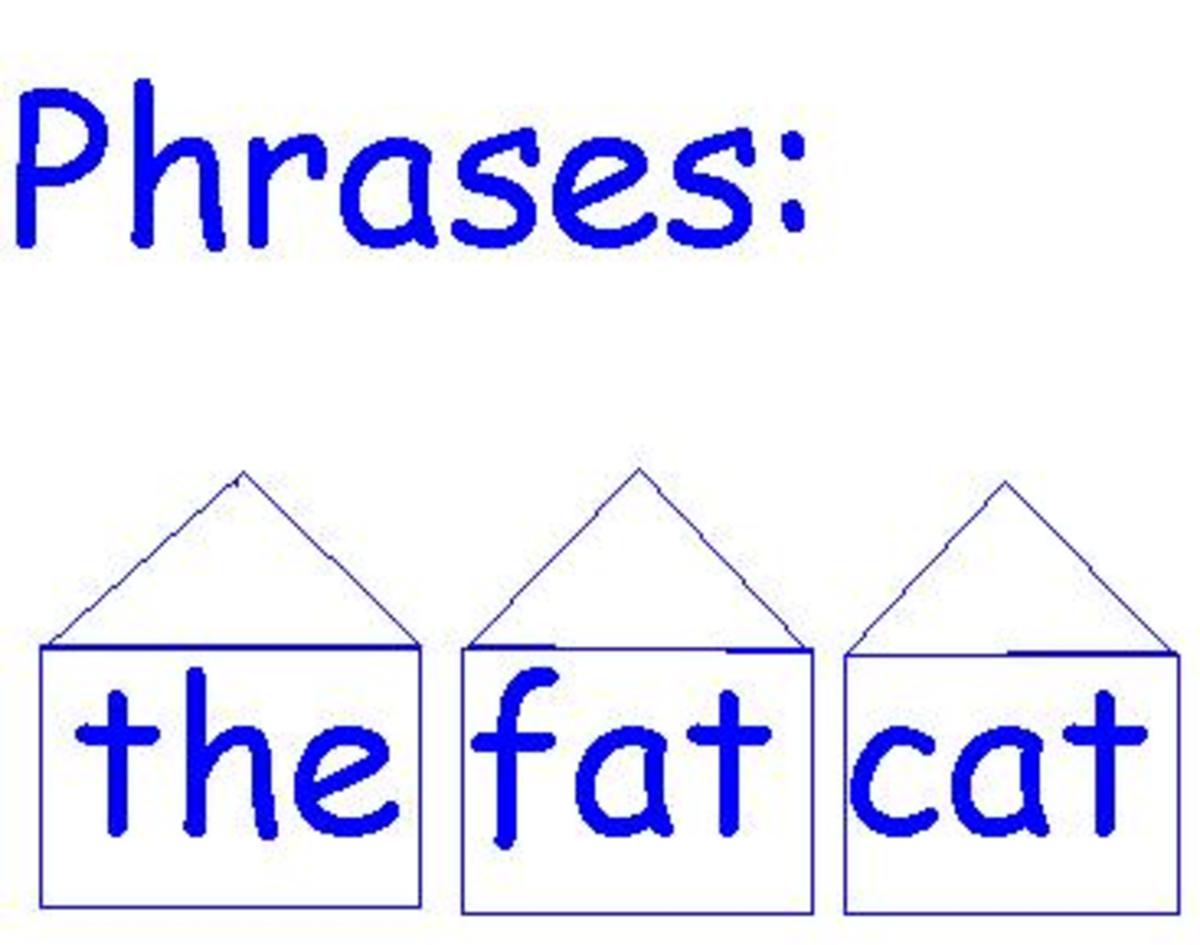Developing a Course of Study
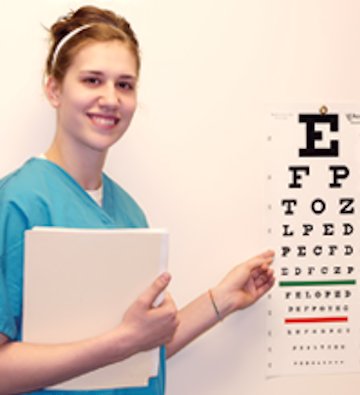
Overview
A course of study is a vital guide to instruction in a vocational-technical program. You are not likely to see it lying on an instructor’s desk, you will not find it displayed on a bulletin board, nor does the teacher hold it in his/her hand during a lesson.
However, this guide is the foundation for just about everything that goes on in a conventional instructional program. The course of study is in fact an official guide, or outline, that describes in broad terms a particular program within a vocational service area. It is then used by instructors as a basis on which to build units of instruction, classroom lessons, student laboratory activities, assignments, and final examinations.
Most courses of study fall somewhere between two extremes, containing the essential information about the general objectives and content of the program. It also usually breaks the program down into separate courses of lesser duration.
We previously studied about the unit plan. Its focus is on one section of subject matter in the course. It is organized around one or more tasks or topics found in the course of study. It describes the teacher’s instruction, the students’ learning experiences, and the evaluation procedures to be used.
Still more specific is the daily lesson plan. Derived from the plans for a total unit, the lesson plan describes exactly what is to take place in the classroom or lab on each day in which students are engaged in a unit of instruction.

Basic Components of a Course of Study
The six basic components of a course of study represent the minimum essential elements that are common to many vocational-technical courses of study. The terms used to describe these six components, however, vary from service area to service area in many cases. The most common variations found are mentioned in the following descriptions of the various components. These programs consist of:
-
Program Description
-
Program Content
-
Course Objectives
-
Time Allotment
-
Conceptual Supplemental Aids
-
Corporeal Supplemental Aids

Program Description
A program description indicates the general instructional areas of concern and the general goals and purposes of the program. Specific programs descriptions should provide the following information:
- Who is to be taught
-
What they are to be taught
-
What degree of skill is to be attained
-
Where the training is to be used
-
General employment conditions
-
The “who” specifies the program entrant. Those students who are the actual recipients of the course of study.
-
The “what” identifies the occupation or part of the occupation for which preparation is to be provided. An example would be students in a Medical Assistant Course.
-
The degree of skill to be attained refers to the level of ability students should have upon completion of the program. As in the above example, students will be able to qualify as Medical Assistants.
-
The “where” refers to the job situation in which the work will ultimately be performed, thus further specifying the boundaries of the program. Students in a Medical Assistant program will work in a hospital, clinic or doctor’s office.
-
The general employment conditions refer to the employment environment. If in a hospital environment: there are doctors, nurses, technicians, and other professionals as well as patients.
The program description may include other relevant and useful information, such as
-
Student prerequisites or
-
Cooperative training
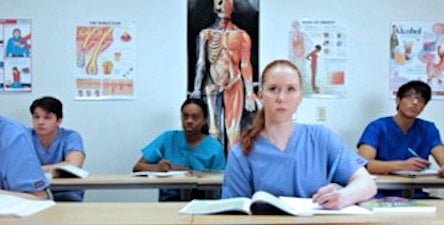
Program Content
The course of study starts with and develops from a listing of the instructional content to be taught—exactly what is to be covered in the particular program. Examples of instructional areas in a vocational Medical Assistant Program would be
-
Office Administration
-
Anatomy and Physiology
-
Record Management
Examples of competencies in vocational agriculture would be
-
Maintain patient information
-
Plan health management program

Course Objectives
Terminology is important here. The term Program Objectives generally refer to the specific means used to achieve program goals. Course Objectives typically are derived from the major instructional areas to be covered or the overall competencies to be acquired by students.
The following is an example of a course objective:
In office settings, given drafts of reports and manuscripts to be typed, the learner will type reports and manuscripts in correct forms to produce mailable copies according to established office procedures.
Time Allocation
Another important component of the course of study—time allocations—indicates the suggested amount of instructional time, usually in terms of hours or class periods, which should be spent on each general instructional area (tasks or topic) or instructional unit.
Conceptual Supplemental Aids
Most courses of study provide a list of related printed references and audiovisual materials. The list should be developed to include similar information that would be included in any standard bibliography:
- Title of reference or audiovisual material,
-
Source where it can be obtained
-
Publication date, and
-
Number of pages or type of audiovisual material
Corporeal Supplemental Aids
The final section of most courses of study contains a list of recommended tools, equipment, and supplies needed to teach the various tasks or topics contained in the course of study.
Some courses of study also include suggestions for the facilities needed to support the program. Information can be provided concerning space allocations and classroom/lab specifications. Other important aspects of facility planning may also be provided, such as
- Specifications for an office/conference room
-
Laboratory
-
Floors
-
Doors
-
Tool storage area
-
Locker facilities
-
Lighting
-
Ventilation
-
Electrical service
-
Water
-
Heating
-
Compressed air
In summation, developing a course of study involves a multitude of considerations. Instructors utilize it as a foundation on which to construct units of instruction, classroom lessons, student laboratory activities, assignments, and final examinations. With this framework, students will be the beneficiaries of a quality learning experience.
Enjoying Your Course
Do you enjoy teaching your assigned course
© 2013 Jacqueline Williamson BBA MPA MS

